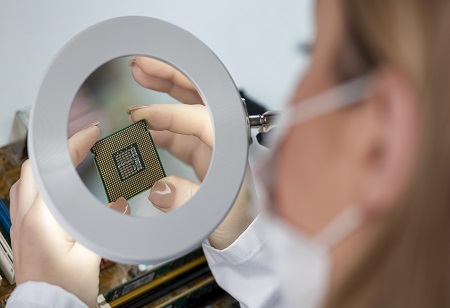
GlobalFoundries, the world's third-largest contract chipmaker, opened a US$4 billion manufacturing plant in Singapore on Sep 12 as part of a global expansion to help ease an industry supply crunch. The semiconductor industry is recovering from pandemic-related disruptions, high inflation, and sluggish global economic growth caused in part by geopolitical tensions.
The facility will produce an additional 450,000 wafers per year at full capacity by 2025 to 2026, according to Tan Yew Kong, Singapore general manager of the US company, bringing the city-state's total capacity to 1.5 million wafers per year. The chips, which are typically found in smartphones and other mobile devices, are also in high demand among automakers, particularly for electric vehicles, adding to the pressure to increase production.
Shutdowns during the pandemic fuelled a chip shortage, which was exacerbated by rising prices and an economic slowdown. However, analysts and industry officials say a demand recovery is in sight.
"The key megatrends of our industry – digitalisation, connectivity, cloud computing – are all driving acceleration to a more connected and data-centric world," said GlobalFoundries president and CEO Thomas Caulfield at the launch.
"It demonstrates how important the industry is to the global economy and how pervasive semiconductors are in enabling and improving all aspects of human life."
Despite current economic headwinds, Caulfield believes the industry will double in the next decade.
"The catalyst for this growth will be AI (artificial intelligence)," he predicts.
The company's 23,000 sq m Singapore facility, which will open in 2021, will expand the company's global footprint, which already includes plants in the United States and Europe.

